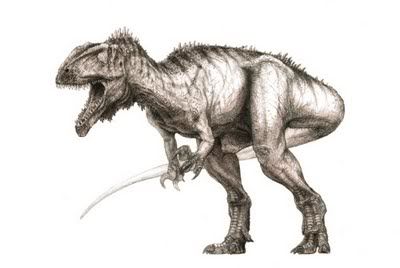 Eocarcharia, discovered in the western Ténéré Desert of Niger by paleontologist Paul Sereno and his field crew based out of the University of Chicago, is a remarkable animal. As one of the most basal members (those that display many early evolutionary characteristics of an individual group--much like the Platypus represents the basal, egg-laying mammalian condition) of the Carcharodontosauridae, it embodies a fantastic image of the early (but not earliest) development of the traits we associate with the group.
Eocarcharia, discovered in the western Ténéré Desert of Niger by paleontologist Paul Sereno and his field crew based out of the University of Chicago, is a remarkable animal. As one of the most basal members (those that display many early evolutionary characteristics of an individual group--much like the Platypus represents the basal, egg-laying mammalian condition) of the Carcharodontosauridae, it embodies a fantastic image of the early (but not earliest) development of the traits we associate with the group. 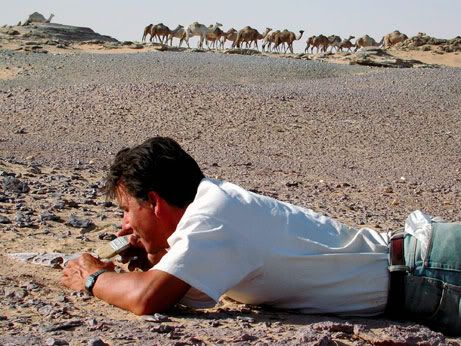
One of the most distinctive of these traits has to do with several bones of the skull--the orbit, the lacrimal, and the frontals. Archosaurs (like the crocodilians and the only living clade of dinosaurs, the birds) are partly characterized by a large opening in the skull called the Antorbital Fenestra (the first hole just behind the nares, or 'nose holes' ;-) , though the fenestra does not exist in living crocodilians). The two bones that border the eye socket, or the orbit (the large opening behind the Antorbital Fenestra) are the Lacrimal and the Postorbital-- from the front and back of the orbit respectively, each of which are attached to the frontals, a pair of bones on the top of the skull.
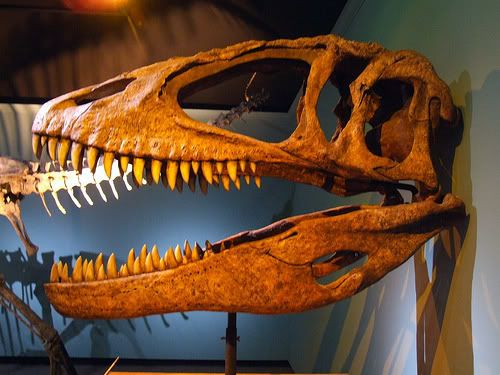



In late Carcharodontosaurids, these two bones meet together to form a greatly enlarged shelf that separates the frontals from the orbit region entirely (in many other dinosaurs, the frontals aren't excluded!). As hypothesized by Sereno, it's very possible that this evolution of a thickened 'brow' above the eyes to that degree suggests an adaptation for lateral impacts--sideways headbutting Carcharodontosaurs! (though I should note that a similar, but much less prominent brow is found in some Abelisaurids and Tyrannosaurids, suggesting that the development of the feature is partly related to reaching large body and skull size) 
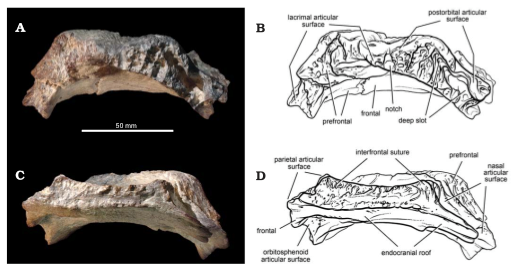


As you can see from the above diagram (below the Carcharodontosaurus skull), the frontals of Eocarcharia are separated from the orbit, but only by a small degree--though the Lacrimal of the animal itself wasn't found, Sereno and crew were able to determine its basic shape and size by the way it articulates or attaches to the post orbital and frontal. 50 million years later, this brow-like condition was greatly developed and enhanced in its relatives. Though there are many other features of note, one thing that really strikes me as fantastic about Eocarcharia is its teeth--as much as it is easily referable as a Carcharodontosaurid, the distinctive teeth of later ('derived') Carcharodontosaurs have serrations that stretch from the base of the tooth to the tip and back up the front to the base once more (thus giving the clade its name--a similar pattern is found in many modern day sharks!), a straight 'distal' end (the portion of the tooth that faces away from the snout) and a series of deep wrinkles that stretches up to the length of the tooth. Eocharia on the other hand, did not yet develop these very unique teeth. 
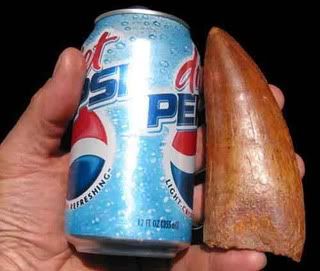


When one considers the sheer unlikelihood of fossil preservation combined with the unlikelihood that the preserved fossils are not only exposed to the mercy of nature, but found by a far younger species of bipedal mammal with enough knowledge to either extract it and study it or tell people who can... the fact that we can trace the history of evolution as efficiently as we can never ceases to amaze me, and probably never will.
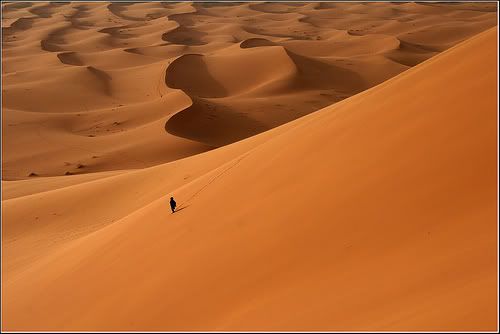
nike epic react
ReplyDeletehermes belt
michael kors handbags
air max 90
supreme clothing
supreme new york
adidas tubular
nike shoes
jordan shoes
jordan shoes
sites dolabuy ysl useful source Louis Vuitton replica Bags visit this page Dolabuy Chloe
ReplyDelete